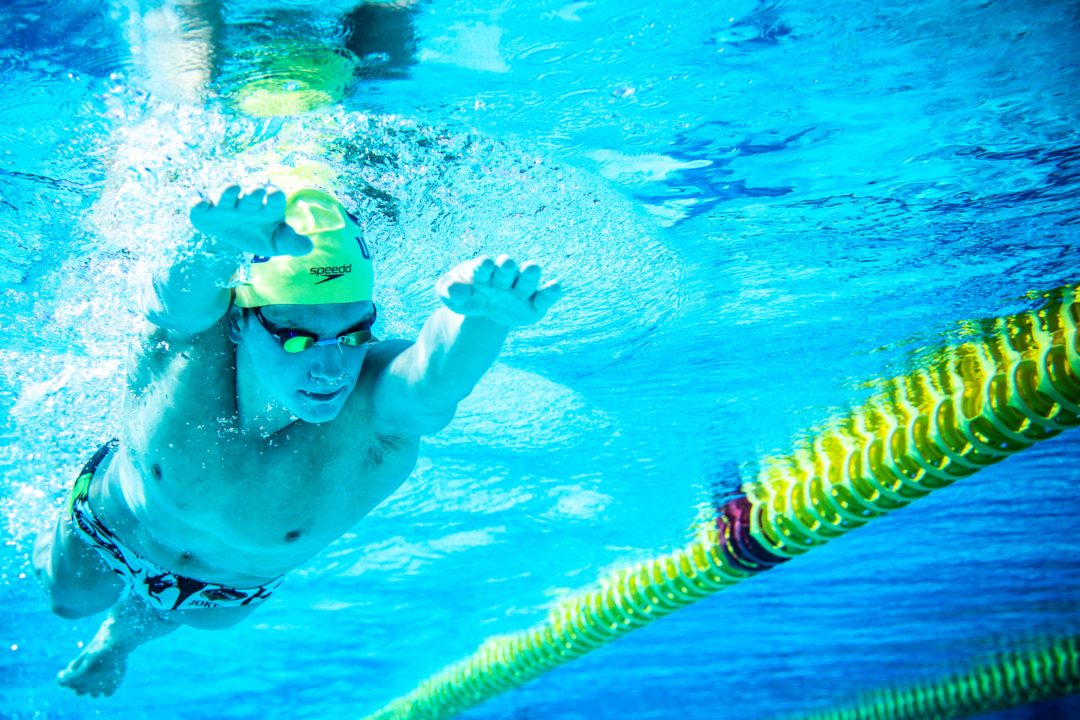The National Federation of State High School Associations (NFHS) has released new guidelines to help its member state high school associations reopen high school athletic programs after the coronavirus pandemic. The organization is the national body for high school sports. Included under it are 51 member organizations, serving over 19,500 high schools across the country.
These guidelines, created by the organization’s Sports Medicine Advisory Committee, are intended to be used “as ideas for state associations to consider with their respective sports medicine committees and state health departments in designing return-to-activity plans that will be in accordance with state or local restrictions. “
Speaking on the creation of the guidelines, NFHS executive director Karissa Neihoff said, “It is important to be clear that this is guidance for individual states to consider as they return to activities this fall. States will utilize the guidance in this document as it best fits their state after consulting with local and state health departments.”
Under the guidelines, sports are classified into three “risk categories”: high risk, moderate risk, and lower risk.
High risk sports are “Sports that involve close, sustained contact between participants, lack of significant protective barriers, and high probability that respiratory particles will be transmitted between participants.” These include close-contact sports such as wrestling and football.
Sports under the moderate risk category are “ Sports that involve close, sustained contact, but with protective equipment in place that may reduce the likelihood of respiratory particle transmission between participants OR intermittent close contact OR group sports OR sports that use equipment that can’t be cleaned between participants.” Some of the sports in this category include track and field events, baseball, and volleyball.
Lower risk sports are “Sports that can be done with social distancing or individually with no sharing of equipment or the ability to clean the equipment between use by competitors.” These include individual running events and golf.
Individual swimming falls under the lower risk category, while relay events and water polo fall under the moderate risk category. In the document, diving is not currently categorized, though it most likely is a lower risk sport.
The guidelines also recommend a 3 phase system for re-introducing sports. Phase 1, which doesn’t address returning to competitions has restrictions such as:
- No more than 10 people at a time indoors or outdoors
- All persons in the facility should be screened for COVID-19
- Any vulnerable persons should not attend workouts
- No locker room usage
- Keeping individuals 6 feet apart at all times
- Cleaning all equipment before and after usage
- No sharing athletic equipment or clothing
- No sharing water bottles
- Water fountains and hydration stations should not be used
Phase 2 calls for some more flexible restrictions, including:
- All persons in the facility should be screened for COVID-19
- Any vulnerable persons should not attend workouts
- No more than 10 people gathering inside
- Up to 50 people may gather outside
- People in all gatherings must remain 6 feet apart.
- All equipment should be washed before and after use
- No sharing equipment or clothing
- No sharing water bottles
However, this phase does allow for lower risk sports practices and competitions to begin, and allows for moderate risk sports to begin practices with modifications. Meaning at this phase, swimming and possibly diving competitions could resume, and water polo could be looking to begin practices.
The phase 3 resumes under the “new normal”, which includes
- Competitions and practices may resume for all moderate risk sports.
- High risk sports may begin modified practices
- Social distancing and cleaning measures will still be utilized with possible
- Students should not share equipment or clothing
Under phases 1 and 2, NFHS also calls for limiting travel to events, and limiting spectators at events according to state and local guidelines.

I spoke to a primary care physician today and he said more people die from the flu then the Corona virus but nobody in the media wants to talk about the flu. This whole thing is political and healthy people are being quarantined.
This is why “primary care physicians” need to be distinguished from “epidemiologists.” While the training and topic is similar, their study is not. A primary care physician treats the patient in front of them, an epidemiologist examines the population as a whole. A primary care physician can surely also be an epidemiologist, but is not necessarily one.
In this case, he’s wrong. That drum beat has been around for a while, and was true early on, but the 93,000+ deaths in the US caused by COVID-19 exceeds even the highest estimates for the worst flu seasons.
If you want to write off 100,000 deaths as insignificant, that’s fine. If you want to say that the impact of the economic shutdown… Read more »
No it doesn’t straddle the risk, relays are swam few and far between in swimming and are secondary to individual events. Swimming is LOW risk, These headlines HURT swimmers, they do not help them. SwimSwam, you can do better than this and owe your swimmers more. Swimming is an individual sport and is LOW risk. I expect more from you than this.
https://www.change.org/p/larry-hogan-lap-swimming-for-competitive-swimmers-and-exercise-maryland?recruiter=1082399276&recruited_by_id=2e022a90-8959-11ea-8285-47fae74fdfd0&utm_source=share_petition&utm_medium=copylink&utm_campaign=petition_dashboard
They’re literally reporting the facts.
Why has this virus made everyone crazy?
Okay Karen